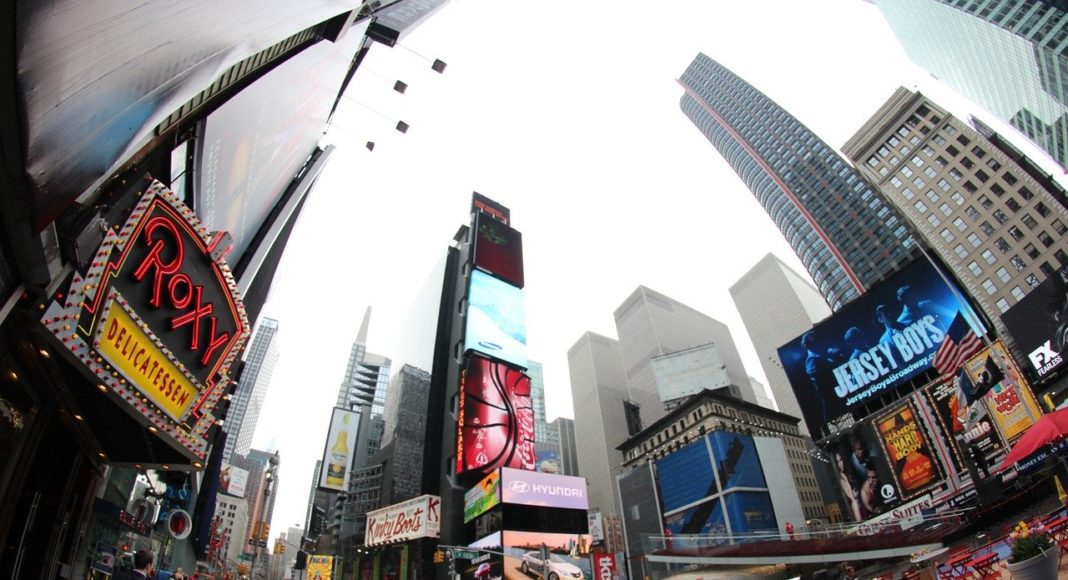
Now that we are excluded from gathering in public spaces, are we about to lose the habit of sharing common space? Can we depend on contemporary ways of public sharing? Do we just build up a hearty appetite for an urban festival of sharing after COVID-19 abates?
We are being reminded that public space is an essential ingredient of vibrant, healthy urban life. The alternative is a privatized urbanism, which is socio-economically segregated and often physically separated by walls and gates, breeding social isolation and distrust and narrowness that often lead to unrest and violence.
The types of public spaces run the gamut from commemorative, symbolic places like Seattle Center; to everyday streets, sidewalks, parks, and greens; to train stations, airports, arterial strip malls and tourist meccas. It’s a rich panoply in Western culture. Downtown Seattle examples are Pioneer Square, Westlake Plaza, Steinbrueck Park, Freeway Park, and the Waterfront.
Public life and functions need these spaces, which have the additional effect of promoting walking, socializing, outdoor art, and greenery. Such spaces are particularly needed for Seattle, with its individualism and tendency for social withdrawal. As The Stranger’s Dan Savage puts it:
“Urban life is good for your social life. It’s good for your emotional life. It pulls you out of yourself. You can walk down the street and turn a corner and meet someone…Cities have a way of funneling people through spaces where you’re going to encounter people you know or like or meet people you might know or like. That can be social, that can be professional, that can also be sexual.”
Social media is one force undermining the physical public realm. Cell phones, with their endless communication apps, preoccupy so much of our public time. More positive has been the rise of an online sharing culture, whose growth has been nothing short of a revolution. Examples of the new sharing culture are crowdsourcing, the maker movement, Wikipedia, co-working spaces, co-housing, co-living, and virtual conferencing on Zoom. It’s created what I like to call the sharing cosmopolis.
Now the sharing cosmopolis is challenged by the coronavirus, the worst pandemic since the “Spanish” Flu a century ago. Social distancing has become the norm, with most of the planet’s population homebound. Are cities now dangerous places due to their density? No, I believe, the face-to-face city will endure. It’s simply too productive, efficient, and advantageous. And compact cities address the existential crisis of our time — climate change.
Above all, the sharing city is a major antidote to climate change. Urban residents walk more, bike more, and share transit much more than their suburban or rural counterparts. They own fewer cars and drive less. They tend to live in mixed-use, dense neighborhoods, in townhouses and multi-family apartment/condo buildings that take less energy to mechanically heat and cool than suburban single-family homes. Their shared walls, floors and ceilings save operating energy but also construction energy and embodied energy in the construction materials. However, while density is good, overcrowding – too many people in small dwelling units – can be costly in health terms.
So, wash your hands and share more!
Discover more from Post Alley
Subscribe to get the latest posts sent to your email.

Here are some good suggestions of how to reclaim these public spaces in a time of pandemic. Prodded by fear and guided by tape. we will learn a lot of new social dance steps. https://nymag.com/intelligencer/2020/04/how-to-rethink-public-space-after-covid-19-start-with-tape.html